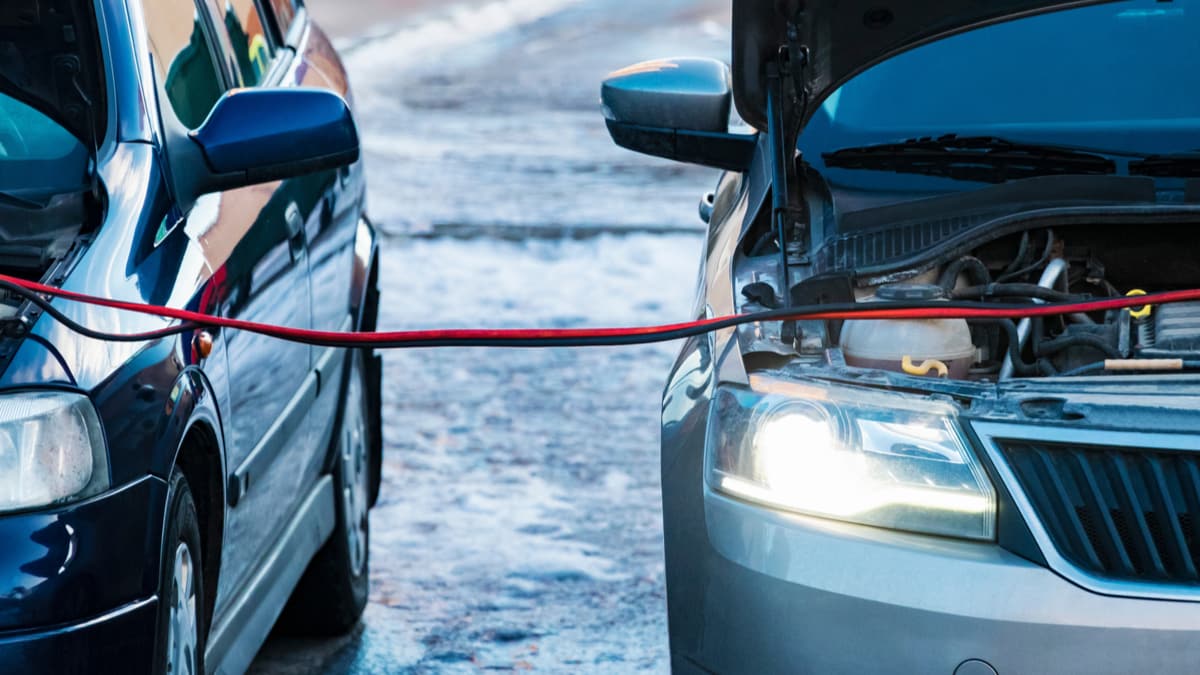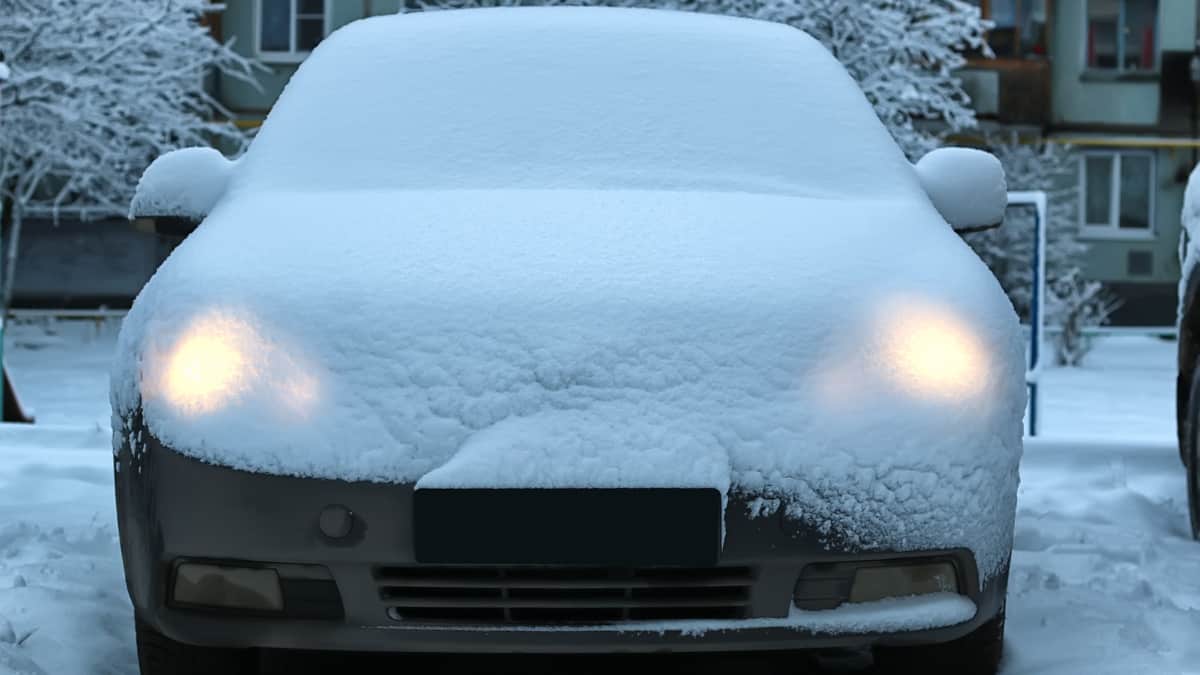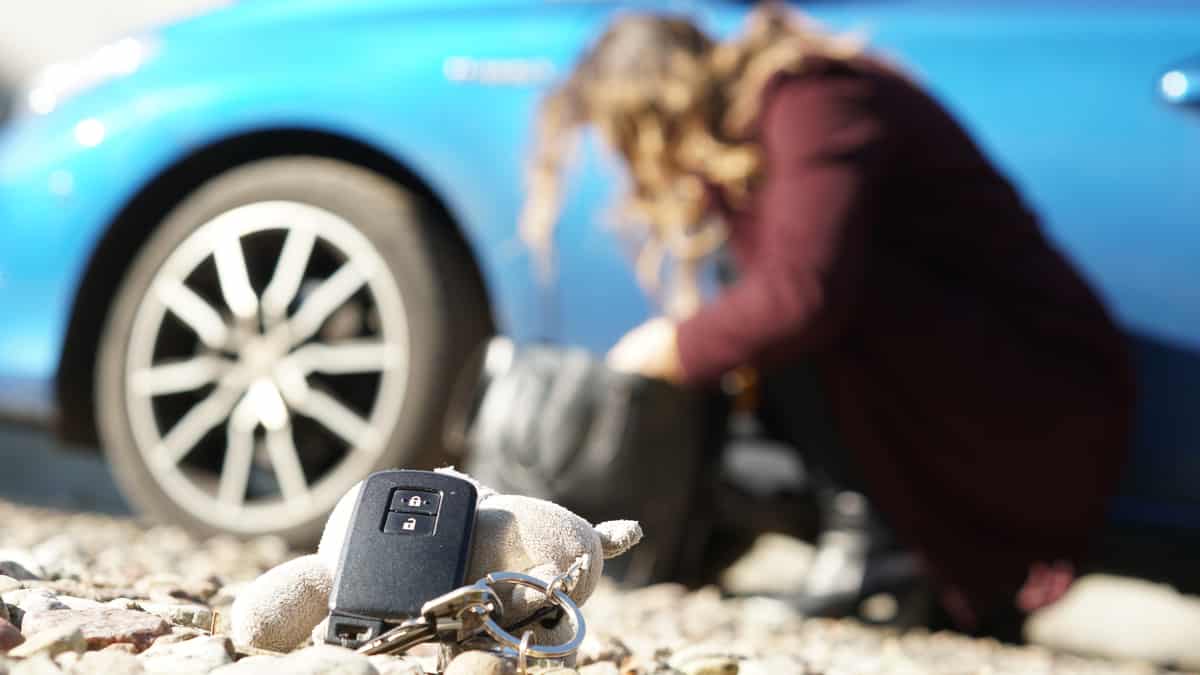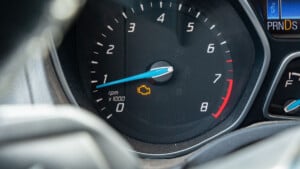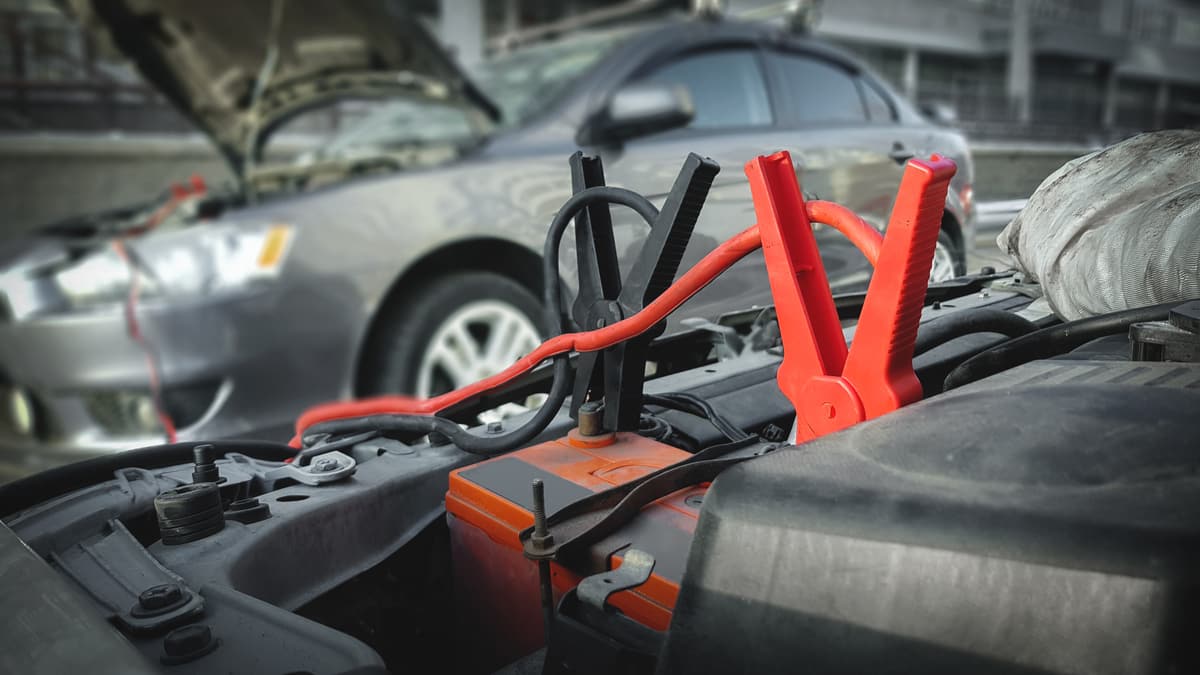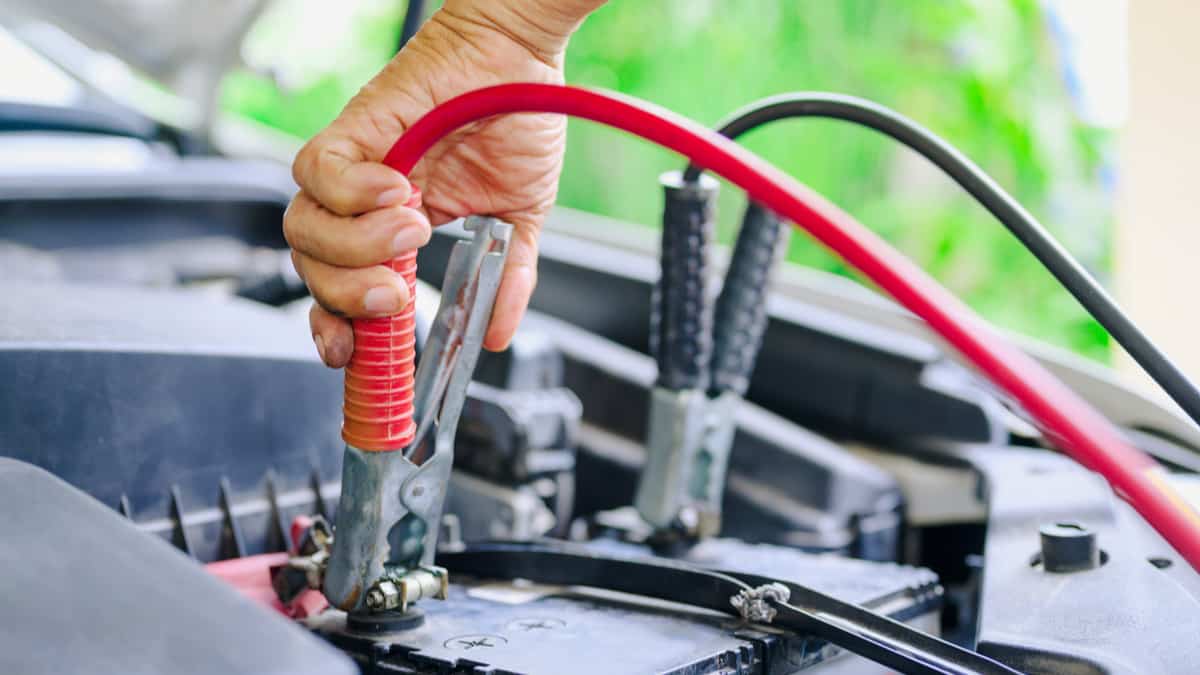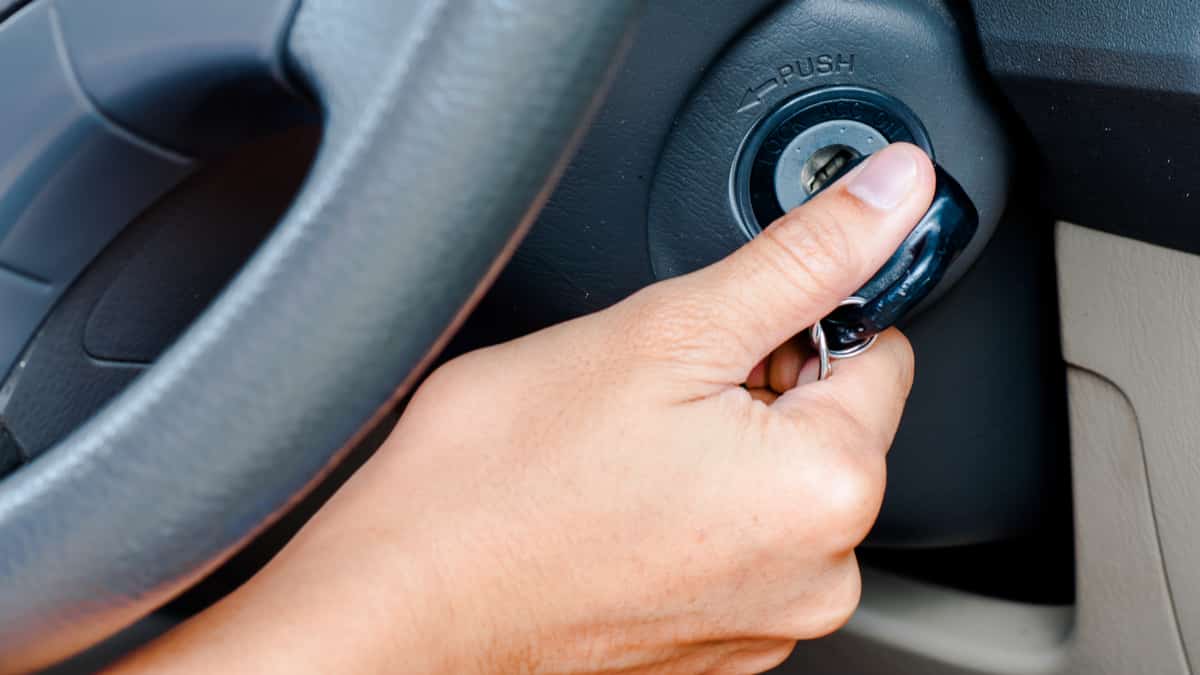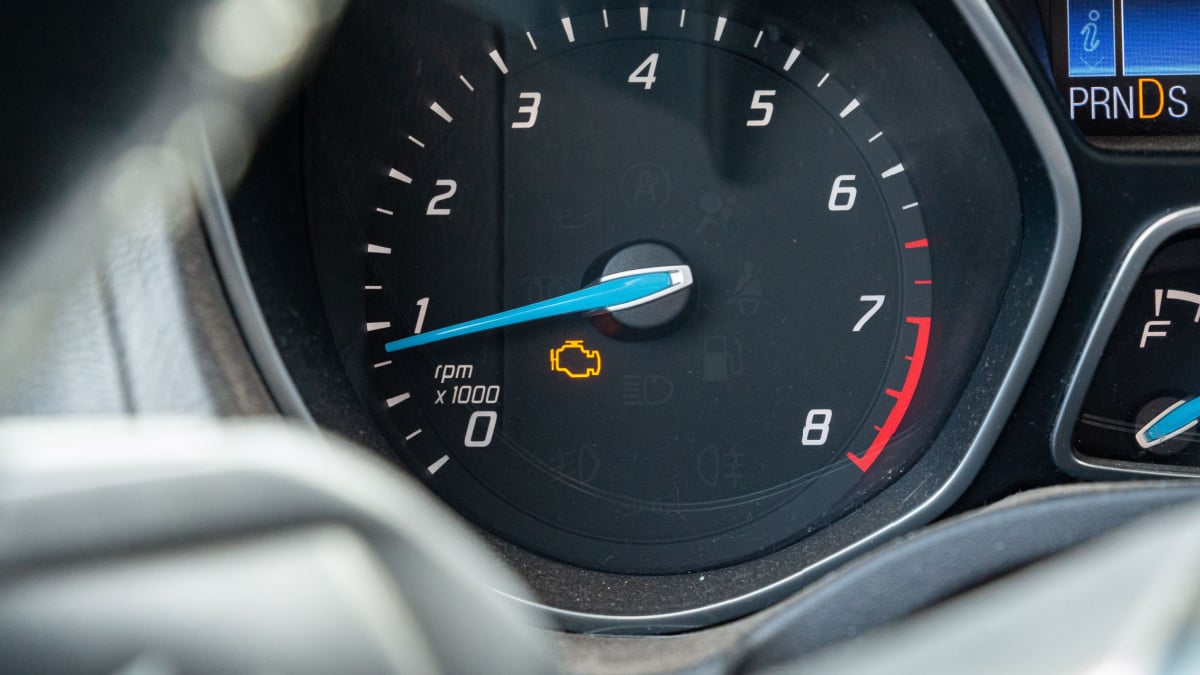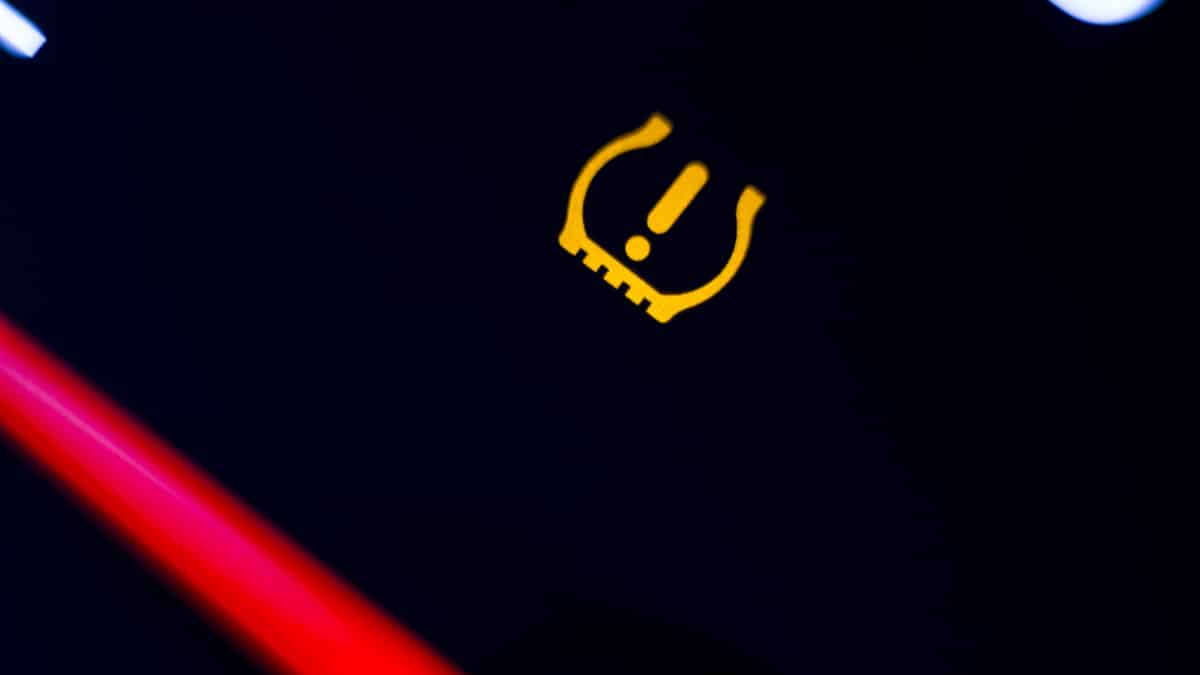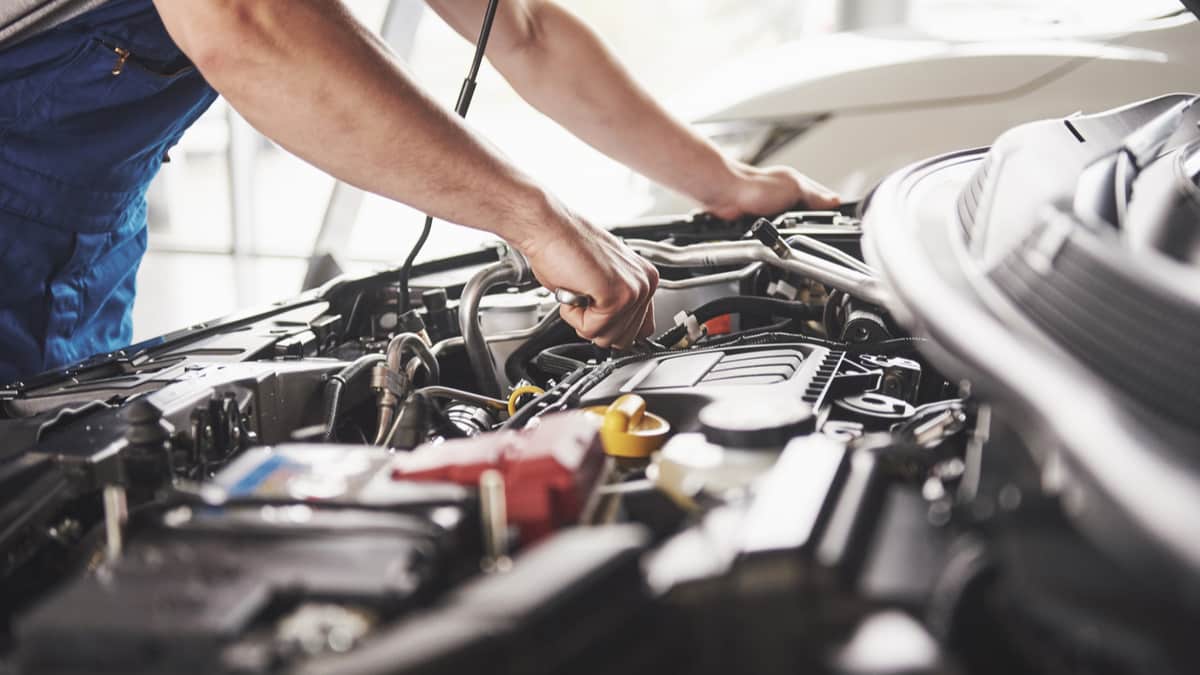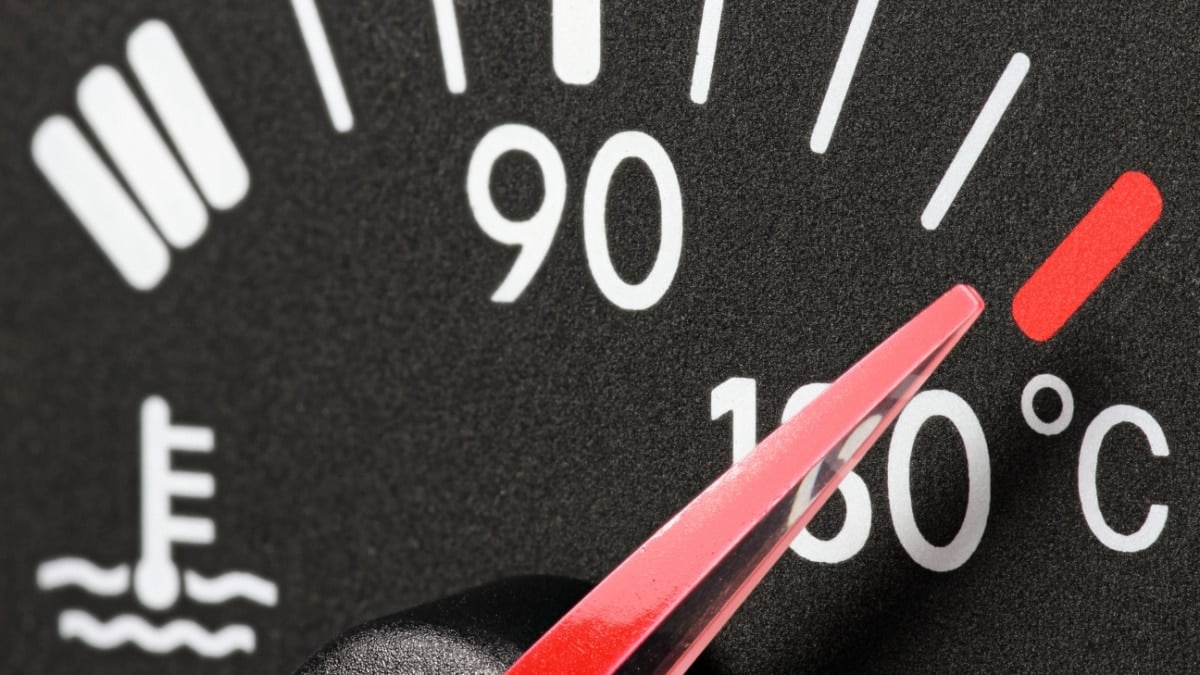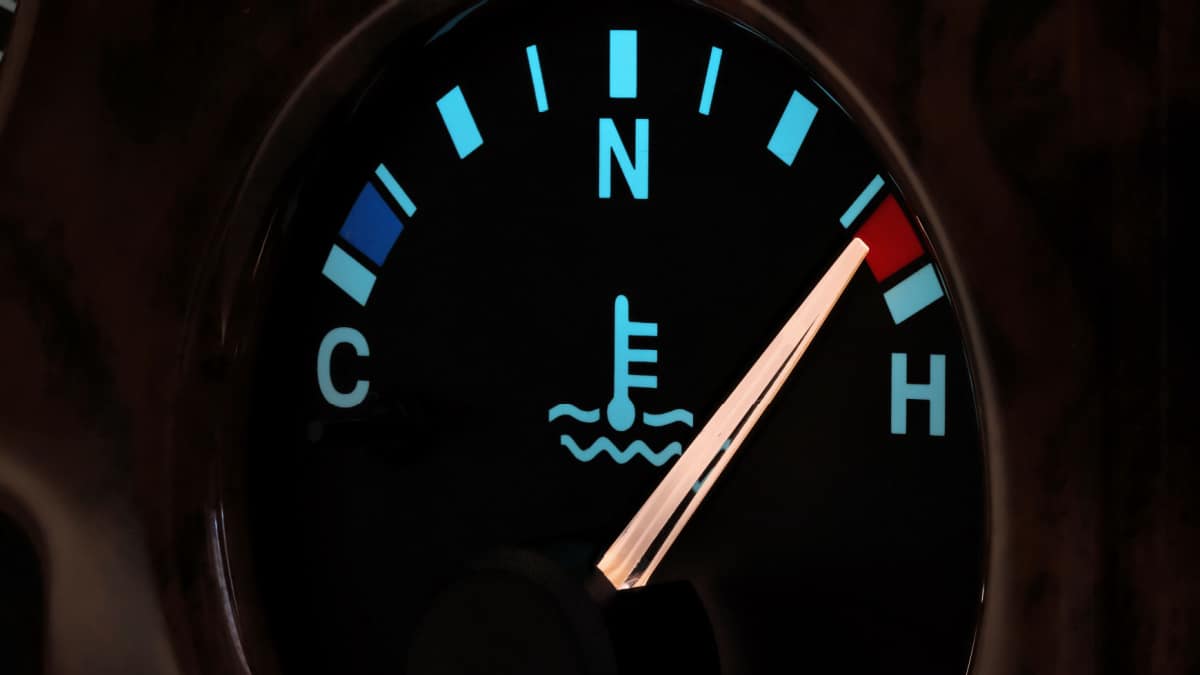Getting a vehicle started can be a common struggle for drivers, but it’s even more frustrating when the car struggles to start but runs fine. It causes you to wait for the next shoe to drop, wondering what’s going to go wrong next.
In this guide, we review the top reasons for the car to struggle at startup but not while it’s running. We also look at how to fix the problem and we take a moment to answer a few of your top questions.
Reasons Your Car Struggles To Start But Runs Fine
When the car isn’t starting right, it could be due to colder weather or a bad coolant temperature sensor. It’s also possible that there’s a defective part, such as the fuel filter, fuel pump, spark plugs or starter motor. Otherwise, low battery voltage might be to blame.
The only way to know for sure is to perform a complete diagnosis, but here are some suggestions.
1. Bad Coolant Temperature Sensor
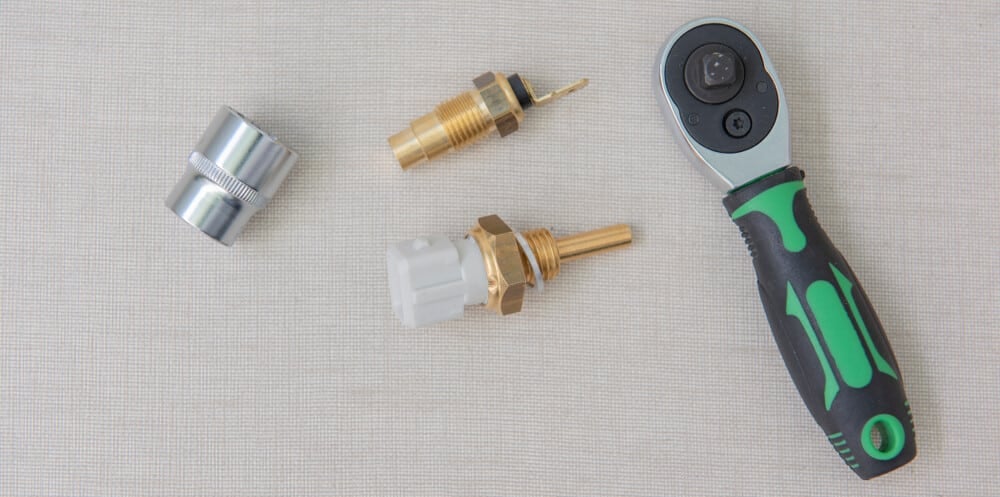
The job of this sensor is to monitor the system for coolant temperature. Based on the readings, the system sends in more or less fuel to match the readings.
When the engine is reading too hot but is actually cold, less fuel is sent, even though the motor needs more fuel to start. This creates a fuel starvation that makes it rough to get the engine going. The problem would only occur at startup until the engine reaches its normal operating temperature.
RELATED: 8 Symptoms Of A Bad Coolant Temp Sensor
2. Cold Weather
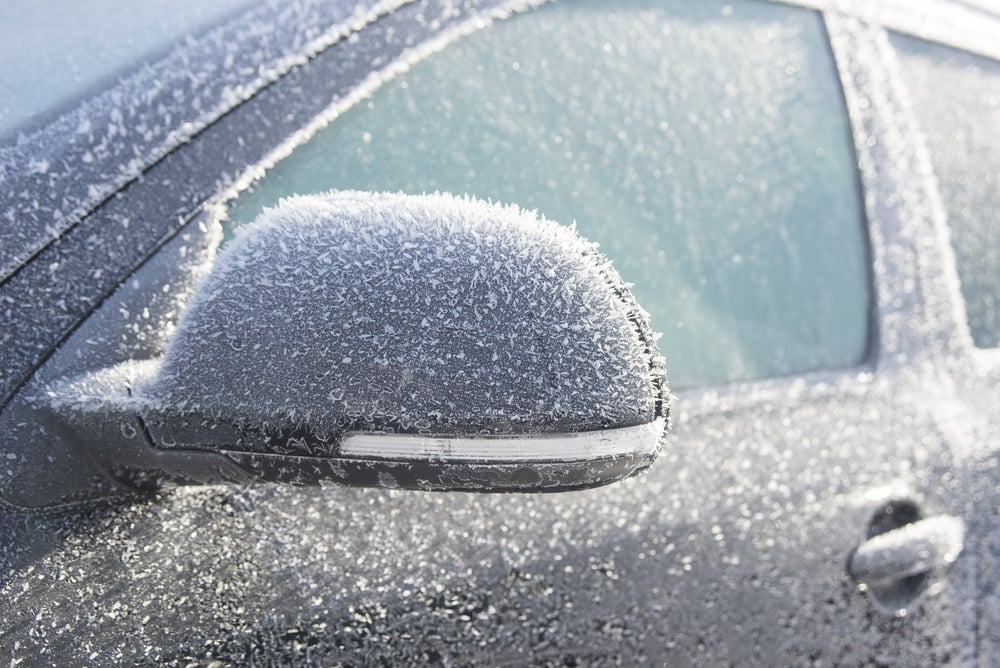
When it’s cold outside, it becomes harder to start any car. The cooler temperatures force the engine to use more fuel than in normal situations. Any time the temperature drops below freezing, your vehicle is going to be required to give more.
The colder weather can also interact with failing parts and make the situation worse. For example, a dying battery or worn-out spark plugs may not be an issue until the temperature drops. We will talk more about these malfunctions in a few minutes.
RELATED: 5 Reasons Your Car Is Hard To Start When Cold & How To Fix
3. Clogged Fuel Filter or Fuel Pump (Low Fuel Pressure)
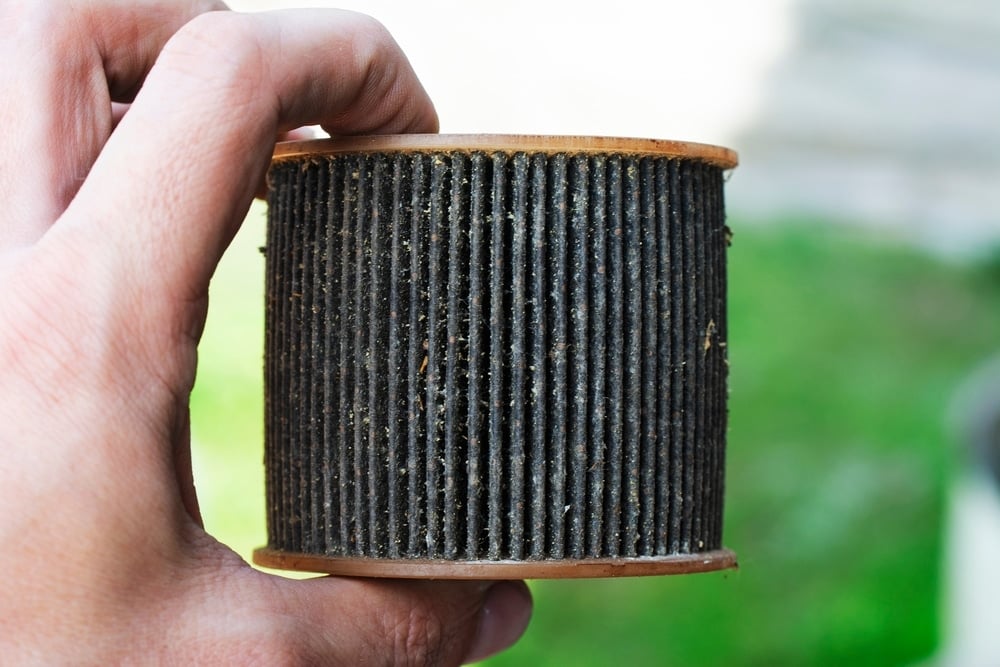
To supply the fuel to the engine, the pump has to be working right. As the weather gets colder, a failing fuel pump can start to give out. If you try to start the car a few times, the pump might start to heat up and work properly.
Additionally, the fuel filter could also be a problem. If dirt and residue have been collected in the filter, it might reduce fuel pressure. Once the car gets going, it doesn’t need as much fuel as it does at startup, so you may not notice any other problems.
RELATED: 7 Symptoms Of Low Fuel Pressure
4. Worn Spark Plugs
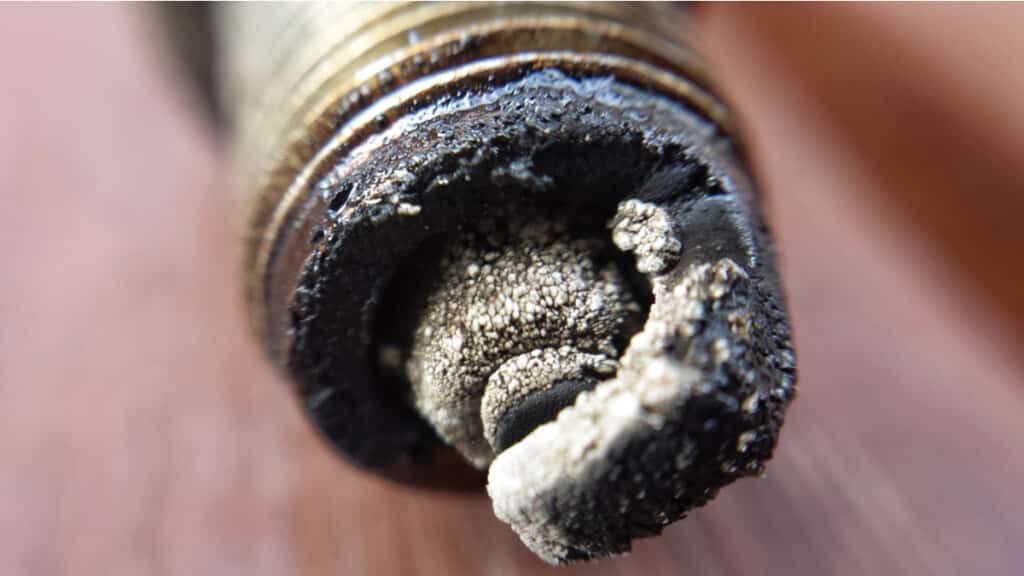
There needs to be the right amount of spark to get the air-fuel mixture ignited. Once they become worn, the spark plug gap starts to widen.
To create the same spark, the ignition coil has to output more energy. This action causes the ignition coil to overheat and eventually fail. In the meantime, the failing ignition system is going to require a few starts to get going.
5. Starter Motor Issues
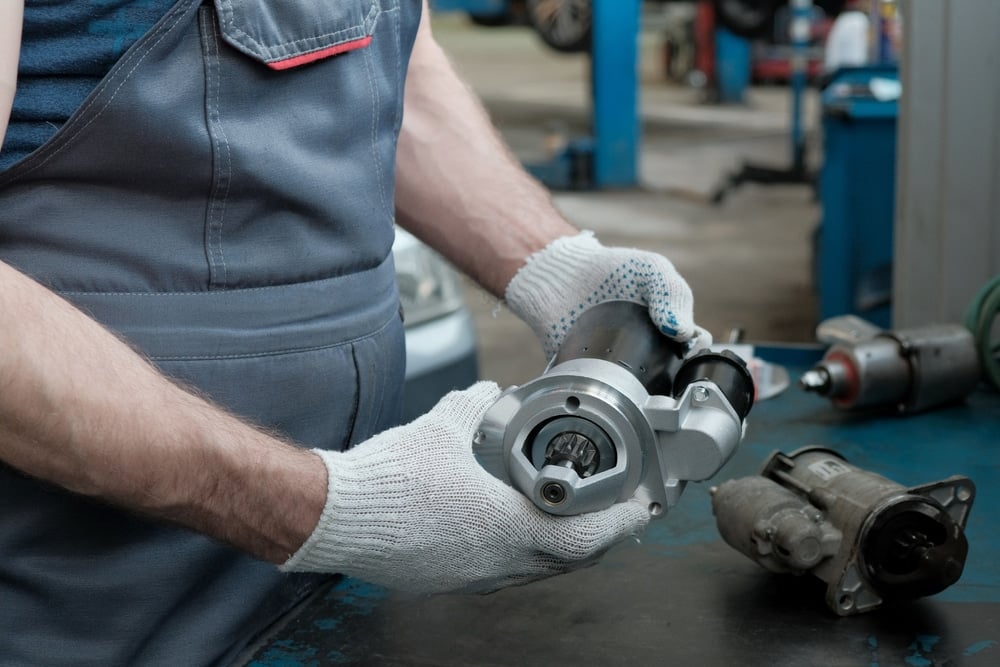
If you hear clicking when you try to start the car, the problem could be the starter motor. This auto part is notorious for going bad over time. It may work at times and not others.
As power fades to the starter motor, it begins spinning slower than normal. You can have trouble getting the car started but will notice nothing once it’s running. If you don’t get it fixed at the first sign of trouble, you could find yourself unable to start the car when it fails.
6. Low Battery Voltage
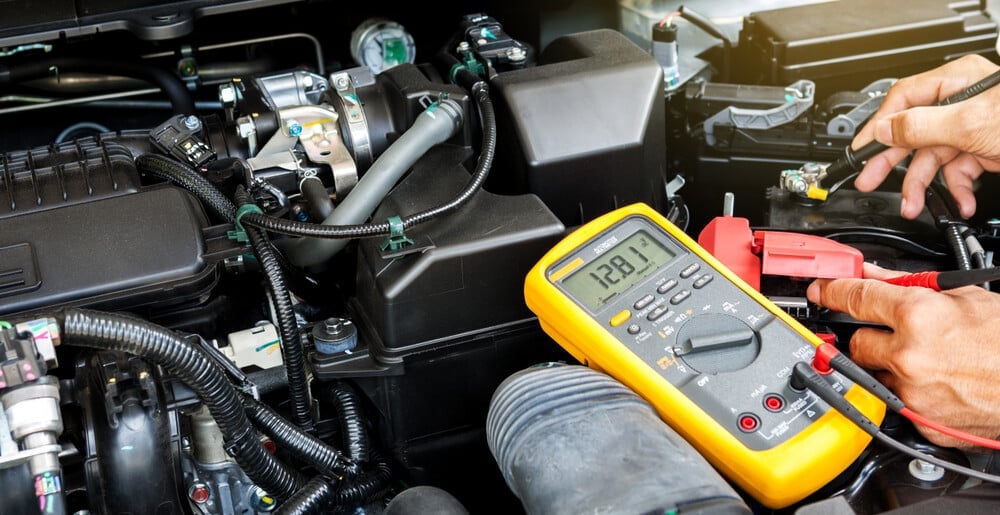
To start a car engine, a lot of battery voltage is required. If the battery isn’t charged fully or there’s a problem with the charging system, you may have a hard time getting things going. However, once the car is started, the alternator takes over and supplies more power.
There could also be damage to the battery or a poor connection. If there’s corrosion on the terminals or wear to the connectors, the starter may not get enough power to get the car moving.
How To Fix A Car That Struggles To Start But Runs Fine
If you are struggling to get your car started but notice that it runs fine after it gets going, it’s time to take action. Before you are stranded with no way to start the vehicle, you want to troubleshoot what’s wrong and fix it. Here are some tips we can give you as professional mechanics.
1. Read Trouble Codes
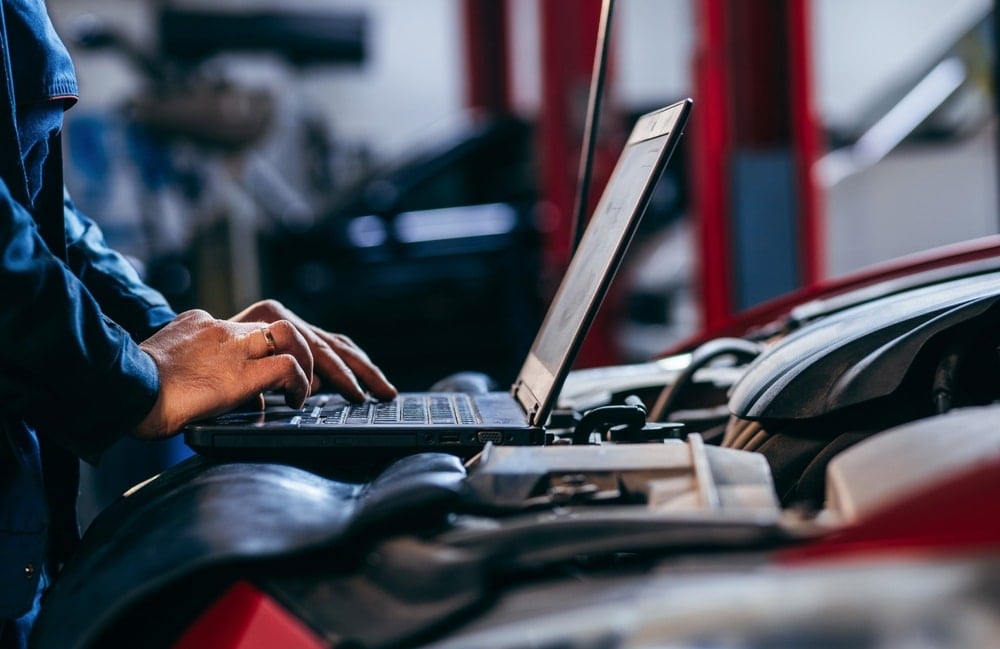
The first thing you always want to do when experiencing an issue with your car engine is to read the trouble codes. You want to read the codes that are set in the Electronic Control Unit (ECU). You can read these diagnostic trouble codes with a compatible scanner.
The code is going to show up with a letter and number combination, similar to P0300. For most people, this combination means nothing unless you reference our handy trouble code library that helps you make sense of it all.
For example, if you find a trouble code explaining an issue with the coolant temperature sensor, you want to start troubleshooting there.
2. Check Battery Voltage
Many local auto parts stores will offer free battery testing and charging. If you don’t want to check the battery yourself, that is an option. Otherwise, follow these steps to check on the health of the car battery.
- Set the multimeter to 20 DC volts. If it doesn’t have incremental settings, you can simply put it on DC volts.
- Touch each probe to the corresponding battery post, the negative probe to the negative post and the positive probe to the positive post. The positives are normally red, with the negatives colored black.
- Read the multimeter.
If the reading is below 12 volts, your battery isn’t charged. You can attempt to jump-start it or charge it to see if the problem resolves itself.
LEARN MORE: How to Check Car Battery Health at Home (8 Steps)
3. Check Fuel Pressure
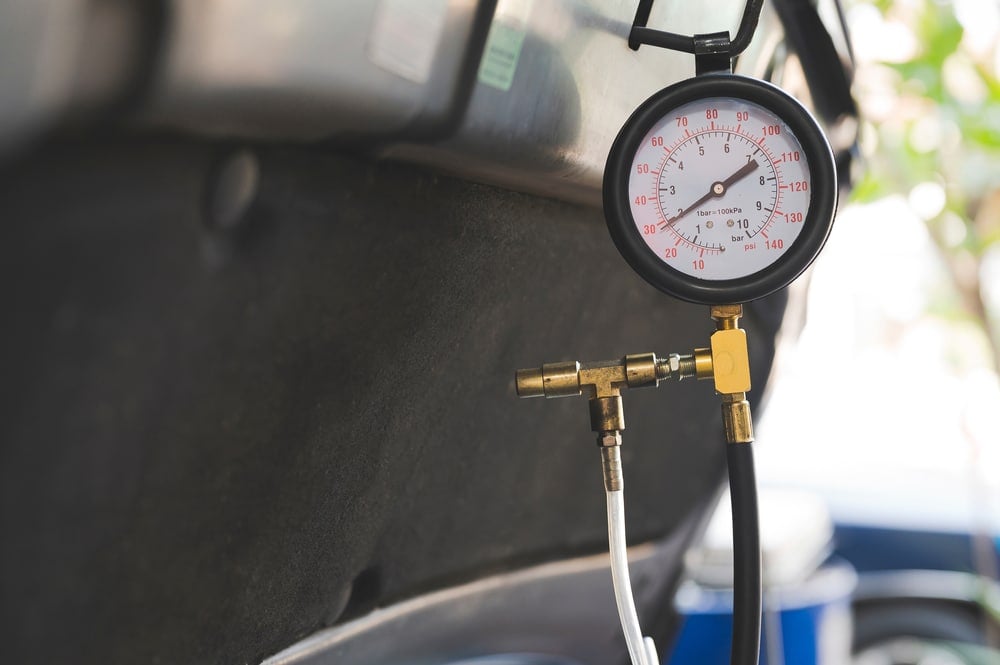
You can check the fuel pressure on your car. Many cars have a port on the fuel injector rail where a gauge can be connected.
You can find the proper procedures in your car’s service manual. This manual should also have the correct specifications for your model, showing you what’s normal and what’s not.
4. Check Spark Plugs
You can also inspect the spark plugs to see if they need to be replaced. Here are some steps.
- Disconnect the spark plug lead.
- Clean off the area around the plug so no debris gets into the combustion chamber.
- Remove the plug with your socket.
- Look at the spark plug for any deposits, burnt electrodes or cracked porcelain. If you notice any of these, the spark plugs need to be replaced.
- Adjust the spark plug gap as needed.
If the spark plugs seem to be okay, you can put them back in. Just don’t overtighten them or you can cause them to break off in the cylinder.
5. Contact A Professional
You may not feel equipped to handle all of the steps we’ve outlined above. Maybe you don’t have the equipment to get the job done either.
If you would feel better asking for professional help, you want to find a mechanic that can take over. Ask your friends and family who they trust before choosing a mechanic.
Why does my car sound like it’s struggling to start?
If there’s a part starting to fail, you could notice it more when attempting to start the engine. During startup, there’s more voltage needed and a higher power demand, so auto parts are pushed to their limits. You may have a failing battery, corroded spark plugs, a fuel delivery problem or a bad starter.
Why does my car sputter when I start then run fine?
When the car sputters at start up, it’s normally an indication that there’s a problem with the fuel delivery. There could be an issue with the fuel pump, leading to low pressure. There could also be a clogged fuel filter that needs to be replaced before it cuts off the fuel delivery.
What to do if your car is struggling to start?
Do not continue driving your car if it is having trouble starting. It’s important to get it checked out right away. There could be a problem with the fuel delivery, spark plugs, starter, battery or coolant temperature sensor. If the parts fail completely, you may no longer be able to start the vehicle.
Why does my car crank but take so long to start?
If it’s cold outside, it can be harder to get the car started. Additionally, there could be a part failing, such as the coolant temperature sensor, spark plugs, battery or a fuel component. It’s best to have the systems checked out to determine what’s wrong before you are stranded with a non-running car.
When the car struggles to start, you have options. You can take prompt action to prevent future trouble. In some cases, the problem could be simple enough to repair without a lot of money or time. However, if you were to let the problems go unnoticed, you could allow big troubles down the road.
Most of the possible causes for this problem are simple enough for any novice mechanic to repair. Changing out a car battery is something that can be done in your driveway or you can let an auto parts store do it for free. Even the other possible solutions are ones that can be repaired with some everyday tools and knowledge. At worst, you will need to get a mechanic to help you pinpoint the problem.
Tags: Starting Issues
Categories: Troubleshooting

